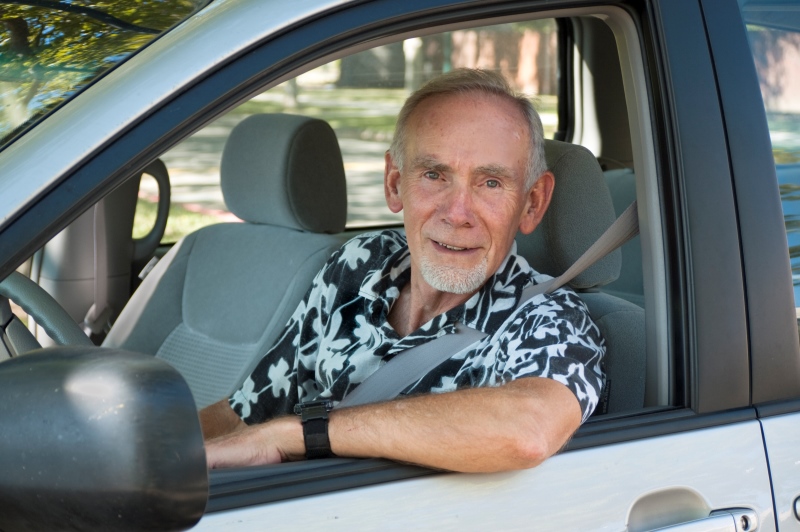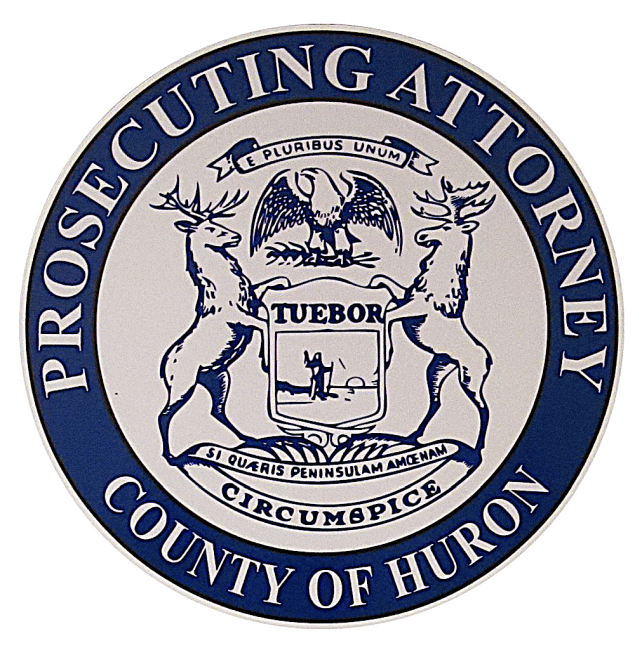 Talking About Driving With an Older Driver
Talking About Driving With an Older Driver
In the next 20 years, the population of people age 65 and older is expected to reach 70 million. Many of these will be drivers. In fact, right now, there are about 30 million licensed drivers age 65 or older. People under age 75 have relatively low crash involvement. However, after age 75, this changes because these drivers may have health conditions or take medications that negatively affect their driving abilities, and this can put them and other road users at risk.
These drivers may not be aware of these changes, or they may not be willing to admit them – to themselves or to others – including family members. Or in the case of people with cognitive impairments like dementia; they don’t necessarily have the insight to recognize poor performance.
Many family members or caregivers wonder what they should do if they think a loved one’s driving skills have diminished. And that’s the dilemma. Family members don’t know how to assess their loved one’s driving abilities. They dread approaching an older loved one to discuss whether he or she needs to modify his or her driving habits or even stop driving.
However, older drivers and their loved ones and caregivers need to take a realistic, ongoing inventory of the older driver’s skills and openly discuss them. Family members need to remember one very important thing: many older drivers look at driving as a form of independence. Bringing up the subject of their driving abilities can make some drivers defensive, angry, hurt, or withdrawn. Be prepared with observations and questions, listen with an open mind, and be prepared to offer possible transportation alternatives.
Important Questions
If you answer “yes” to any of the following questions, you might need to talk about driving with an older driver:
- Does he or she get lost on routes that should be familiar?
- Have you noticed new dents, scratches, or other damage to his or her vehicle?
- Has he or she been warned by a police officer, about poor driving performance, or received a ticket for a driving violation?
- Has he or she experienced a near miss or crash recently?
- Has his or her doctor advised him or her to limit or stop driving due to a health reason?
- Is he or she overwhelmed by signs, signals, road markings, and everything else he or she needs to focus on when driving?
- Does he or she take any medication that might affect his or her capacity to drive safely?
- Does he or she stop inappropriately and/or drive too slowly, preventing the safe flow of traffic?
- Does he or she suffer from Alzheimer’s disease, dementia, glaucoma, cataracts, arthritis, Parkinson’s disease, diabetes, or other illnesses that may affect his or her driving skills?
If you answered “yes” to any of the previous questions about an older driver, it is important to have caring, respectful, and non-confrontational conversations about his or her safety, as well as the safety of others on the road. Show genuine concern and understanding, and offer viable alternatives that will not injure the older driver’s self-respect and sense of independence. You might also consider taking a ride with an older driver to observe his or her driving skills, or encourage him or her to get a vision and hearing evaluation, or to enroll in a older driver safety class. You can also discuss your concerns with your loved one’s physician, and ask for recommendations.
Good News
The good news is that depending on the severity of the problem, older drivers may be able to adjust their driving habits to increase their safety. For example, they may limit driving to daylight hours and good weather, or avoid highways and high traffic areas.
For more information on how to handle that conversation, check out AAARP's - We Need to Talk, or AAA's - Conversations About Driving or the National Highway Traffic Safety Administration's (NHTSA) toolkit: Drive Well.





